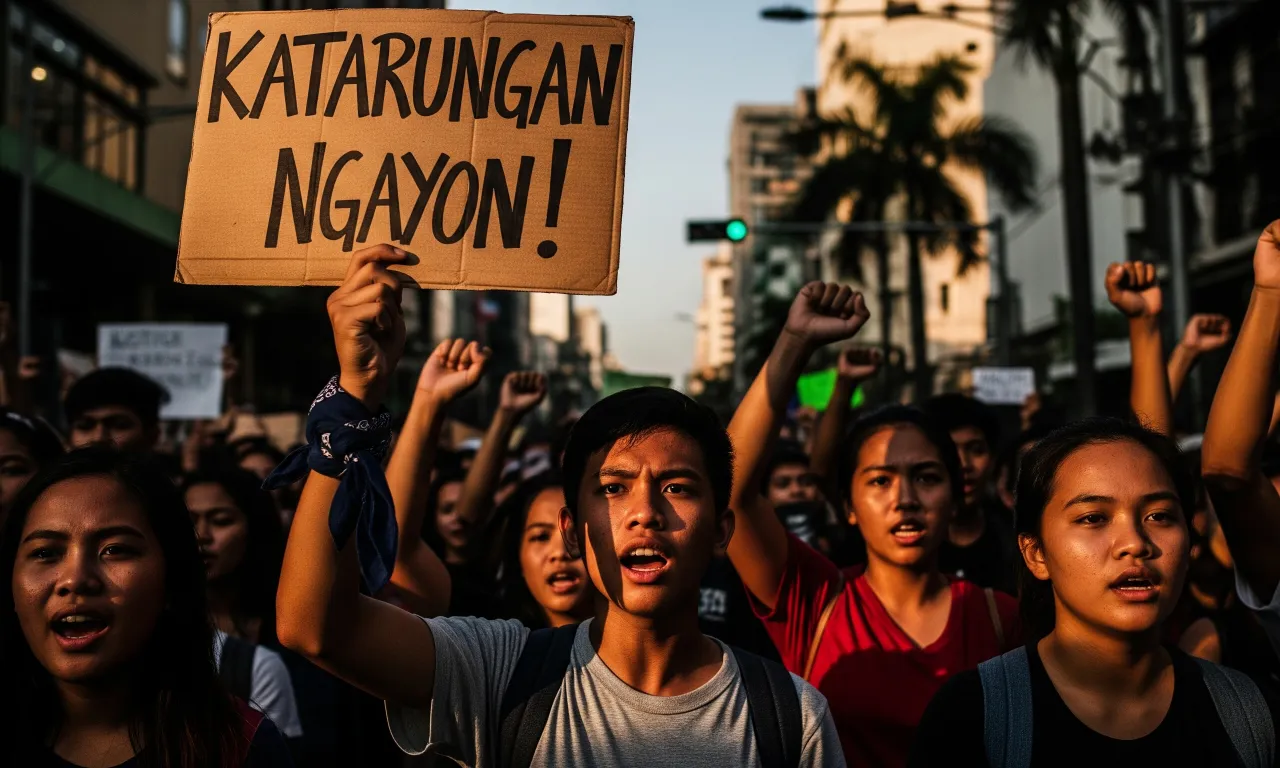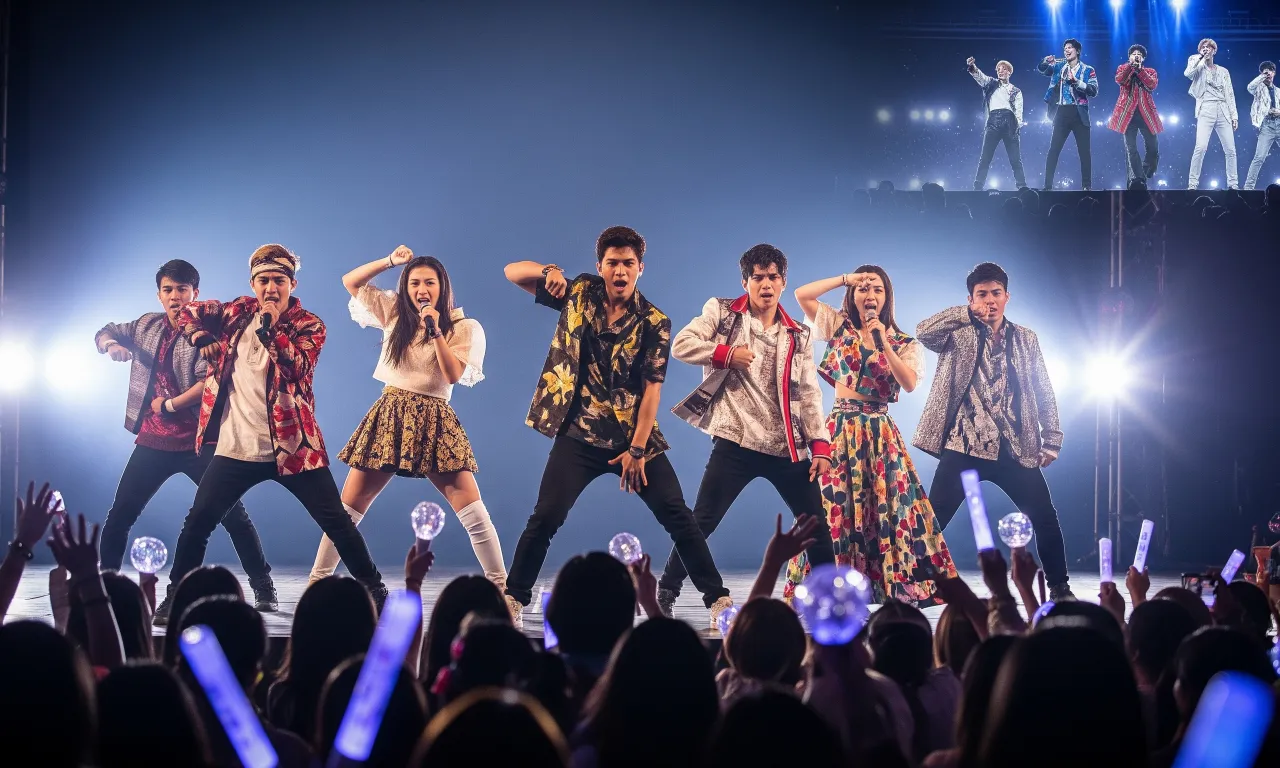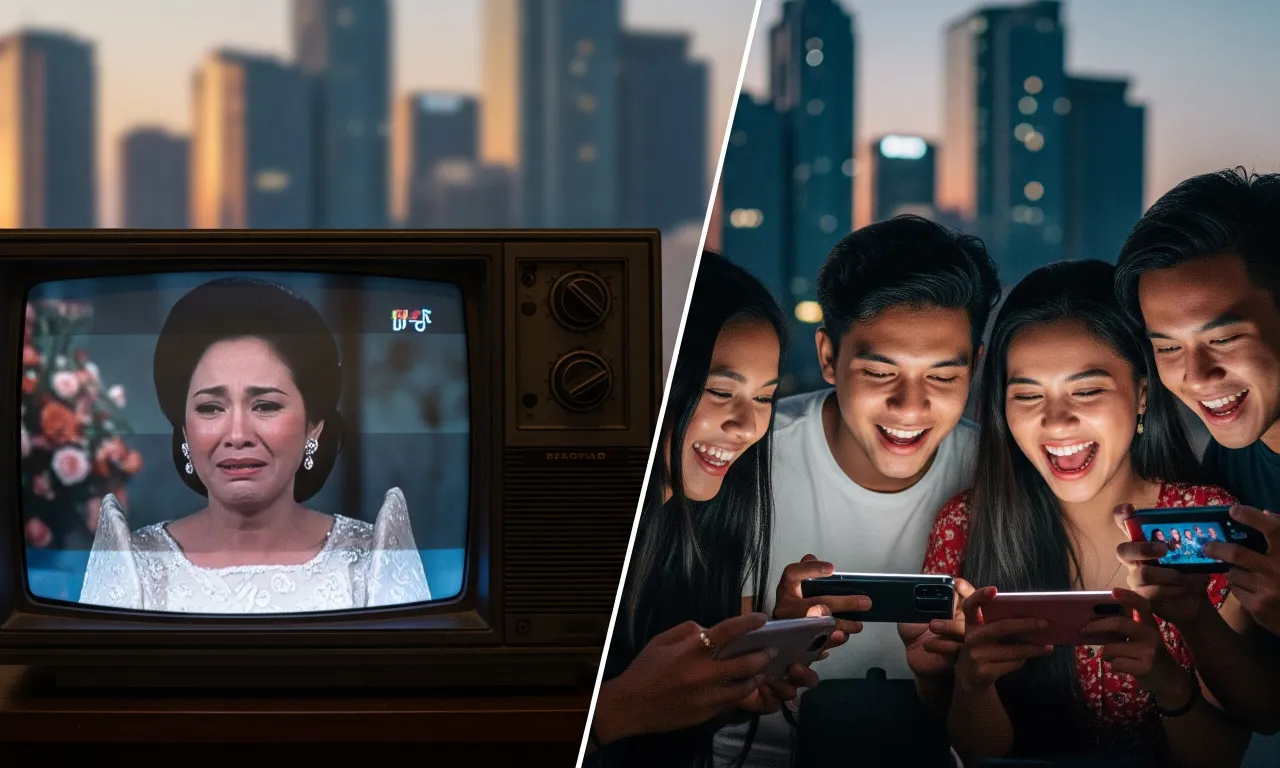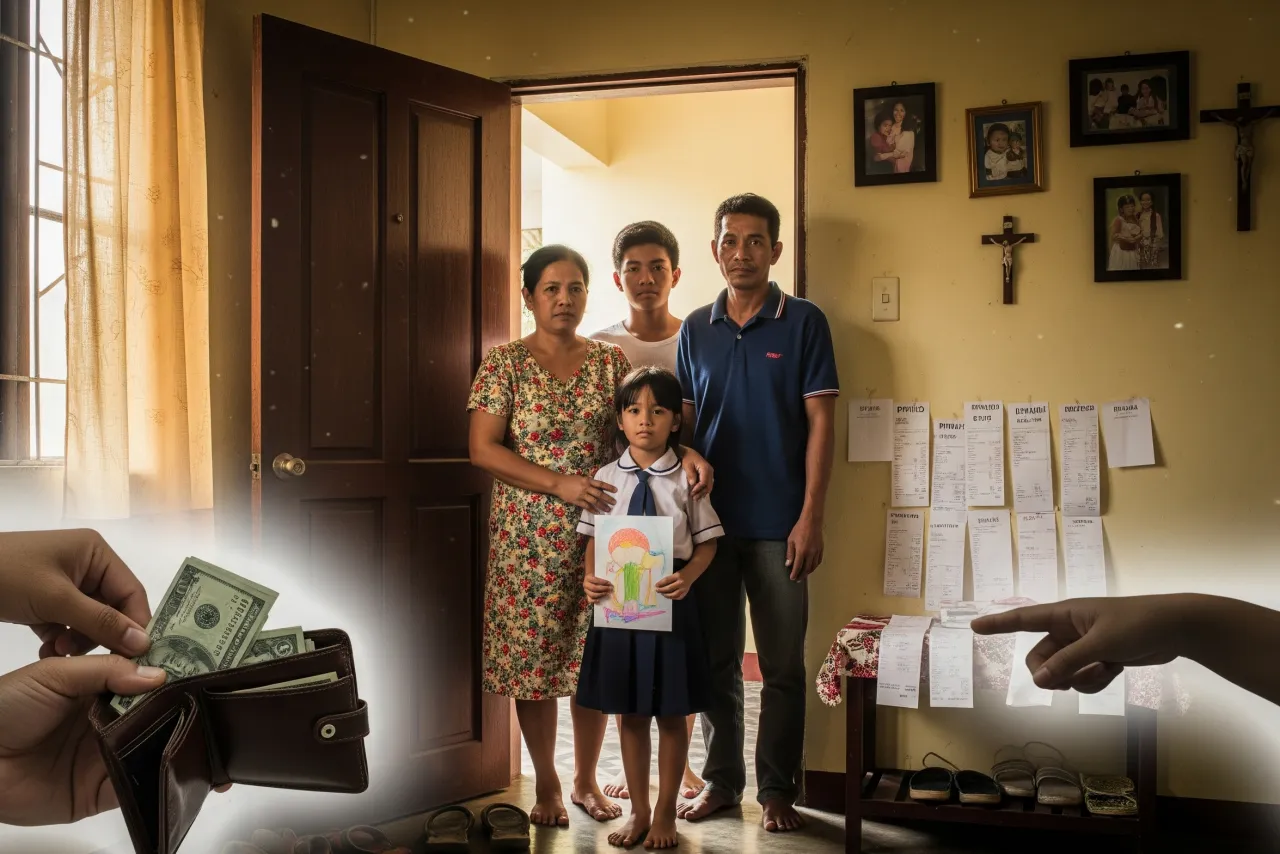🔥 The Spirit of ’72: A New Generation Takes to the Streets
We often associate student activism with a bygone era. We think of the martial law years, of the courageous youth who fought for freedom and democracy. Their images are etched in our history books. Their stories are a testament to a generation that was willing to risk everything for their beliefs. For many, this was a chapter that closed with the EDSA Revolution. The country became free. The fighting stopped. But now, decades later, the streets are once again filled with the voices of young Filipinos. They are a new generation, a generation that did not live through those dark times. Yet, they are taking to the streets, raising their fists, and demanding change. From the quiet shores of Batangas to the bustling metropolis, the question is on everyone’s mind: why young Filipinos are protesting again?
- 🔥 The Spirit of ’72: A New Generation Takes to the Streets
- 💻 A Digital Awakening: The Power of Social Media
- 📜 Echoes of the Past: Historical Revisionism and Justice
- 🍞 The Bread and Butter: Economic and Social Woes
- 🏳️🌈 A New Kind of Activist: Inclusive and Diverse
- 🤔 FAQs about Student Activism
- The Path Forward: A Generation with a Voice
This is not an act of nostalgia. It is a powerful, modern movement born out of new frustrations and old wounds. It is a protest that is as much digital as it is physical. This is a crucial moment for our nation. The youth, who are often dismissed as politically apathetic, are proving everyone wrong. They are not just on social media. They are also on the streets. They are demanding accountability. They are demanding justice. This is a story about their awakening, a story about the complex web of reasons that has once again ignited the fire of student activism.
💻 A Digital Awakening: The Power of Social Media
Modern student activism is a hybrid of the old and the new. While the protest signs and chants may be familiar, the tools they use are not. Social media has become a powerful force. It has transformed how movements are born, organized, and sustained.
📱 The Hashtag as a Weapon: From Clicks to Action
For Gen Z and younger Millennials, social media is the new public square. Platforms like Twitter, TikTok, and Facebook are not just for entertainment. They are also for organizing. A single viral tweet can mobilize hundreds of students for a protest. A trending hashtag can amplify a cause to a national audience. This digital-first approach has several key advantages.
- Mass Mobilization: Social media allows activists to quickly organize and communicate with a large number of people.
- Information Dissemination: They can spread their message directly, bypassing traditional media outlets that may not cover their cause.
- Global Solidarity: They can connect with other movements around the world, creating a global network of support.
This is a powerful weapon. It allows young Filipinos to challenge narratives. It allows them to bypass traditional power structures. It gives them a voice that is louder and more far-reaching than ever before. This is a game-changer. It is a new kind of protest.
📜 Echoes of the Past: Historical Revisionism and Justice
The past is not a foreign country for young Filipinos. It is a living, breathing part of their present. The ghosts of our history continue to haunt us. They continue to fuel the fires of protest.
👻 The Martial Law Ghost: A Fight Against Lies
A significant number of young Filipino activists are motivated by a deep-seated anger against historical revisionism. They see a systematic effort to downplay the atrocities of the martial law era. They see a perceived whitewashing of history. They see a push to reframe a period of human rights abuses as a “golden age.” This is a direct assault on the truth. It is a direct assault on the memory of the victims. For this new generation, who are learning about this history through firsthand accounts and historical documents, the lies are a powerful call to action. They protest not just for the present. They protest for the truth.
⚖️ Demands for Accountability: Breaking the Cycle
The youth are also demanding accountability. They are demanding justice for past wrongs. They are demanding an end to what they see as a cycle of impunity. They see the same families and political dynasties that ruled in the past continuing to hold power. This is a source of immense frustration. It is a feeling that the country is not moving forward. It is a feeling that the same problems are repeating themselves. Consequently, they protest for a new system. They protest for a future where leaders are held accountable for their actions.
🍞 The Bread and Butter: Economic and Social Woes
Student activism is not just about history and politics. It is also about the daily struggles of life. It is about a fight for a better future. It is a powerful response to the harsh realities of a struggling economy.
📈 Skyrocketing Prices and Job Scarcity: The Silent Squeeze
Young Filipinos are entering a difficult world. They are facing high inflation. The cost of basic goods is skyrocketing. The price of a simple meal has become a financial challenge. At the same time, job opportunities are scarce. Many graduates are struggling to find decent, high-paying jobs. This is a powerful motivator for protest. They see a system that is failing them. They see a future that is uncertain. They are protesting not just for political change. They are protesting for their survival.
🏛️ The Broken System: A Crisis of Public Service
The youth are also protesting against a broken system. They see the lack of support for public services. They see the poor state of public education. They see the deficiencies in the healthcare system. These are not abstract issues. They are a daily reality. A student might have to deal with a crowded classroom. A family might have to deal with expensive healthcare. These issues fuel a deep-seated frustration. It is a feeling that the system is not working for them. It is a feeling that they are being left behind.
🏳️🌈 A New Kind of Activist: Inclusive and Diverse
Modern student activism is also unique in its inclusivity. It is not just focused on a single issue. It is a movement that embraces a wide range of social justice causes.
- LGBTQ+ Rights: Young activists are at the forefront of the fight for LGBTQ+ rights. They are demanding equality and acceptance.
- Environmental Justice: They are also passionate about climate change and environmental protection. They see this as a fight for their future.
- Human Rights: They are a generation that is highly aware of human rights issues, both at home and abroad.
This inclusivity is a powerful new dynamic. It shows that young Filipinos are not just protesting for themselves. They are protesting for a better, more just world for everyone.
🤔 FAQs about Student Activism
Q1: Why young Filipinos are protesting again? A: Young Filipinos are protesting again due to a combination of factors, including a fight against historical revisionism, demands for accountability, and frustration over economic and social issues like high prices and job scarcity.
Q2: How is social media being used by young activists? A: Social media is being used as a powerful tool for organizing protests, spreading awareness, and countering misinformation. It allows activists to mobilize quickly and amplify their message.
Q3: Is modern student activism similar to the martial law era? A: While the spirit of protest is similar, the modern movement is different. It is more diverse, inclusive, and relies heavily on digital tools. However, the core motivation—fighting for truth and justice—remains the same.
Q4: What role does historical revisionism play in the protests? A: Historical revisionism, particularly the perceived whitewashing of the martial law era, is a major source of anger. It motivates young Filipinos to protest for the truth and to ensure that the country learns from its past.
The Path Forward: A Generation with a Voice
The question, why young Filipinos are protesting again, is not a rhetorical one. It is a sign of a nation that is in the middle of a powerful transformation. It is a sign that the youth are not silent. They are not passive. They are a generation with a voice. They are a generation that is using that voice to demand a better future for themselves and for their country. This is a movement that we cannot ignore. It is a movement that will shape the future of the Philippines.
What do you think is the biggest cause of student activism today? Share your thoughts below. 👇








